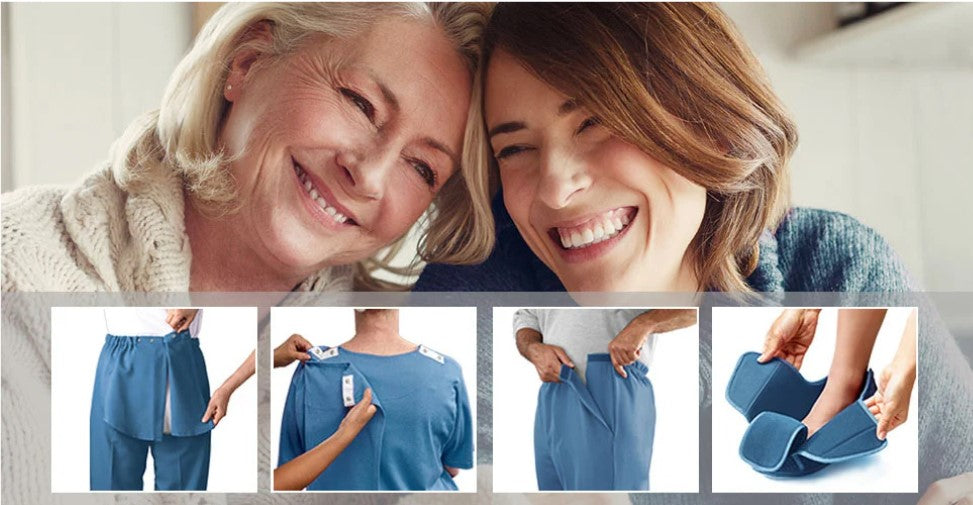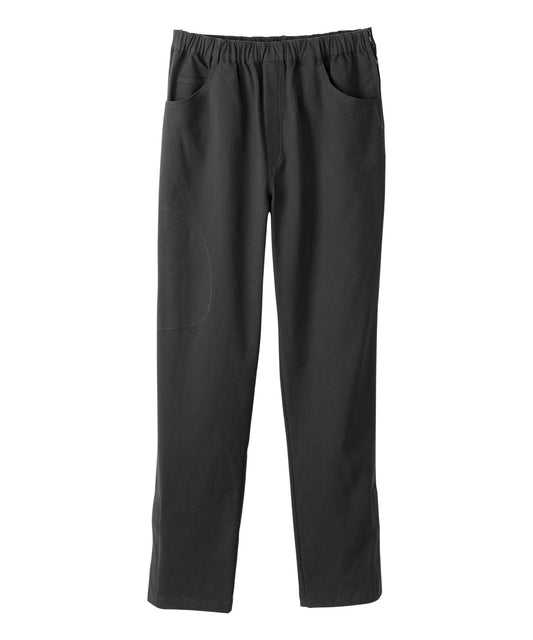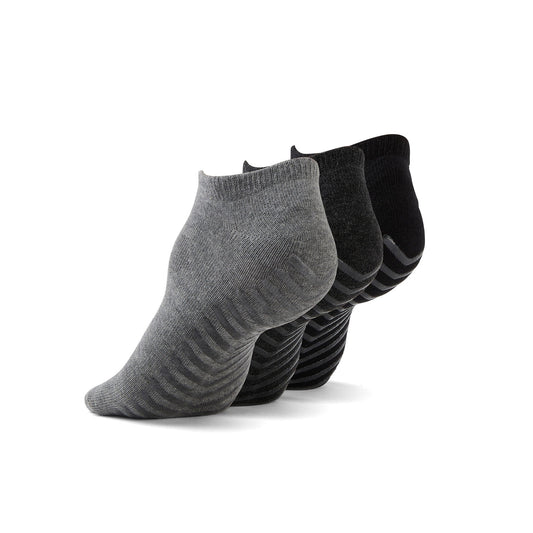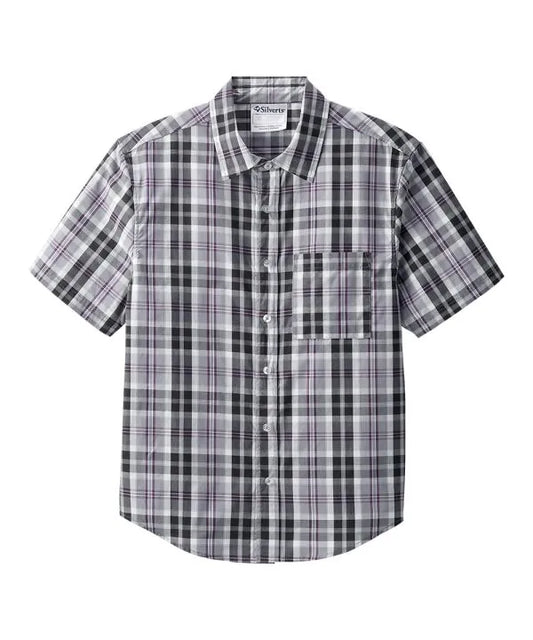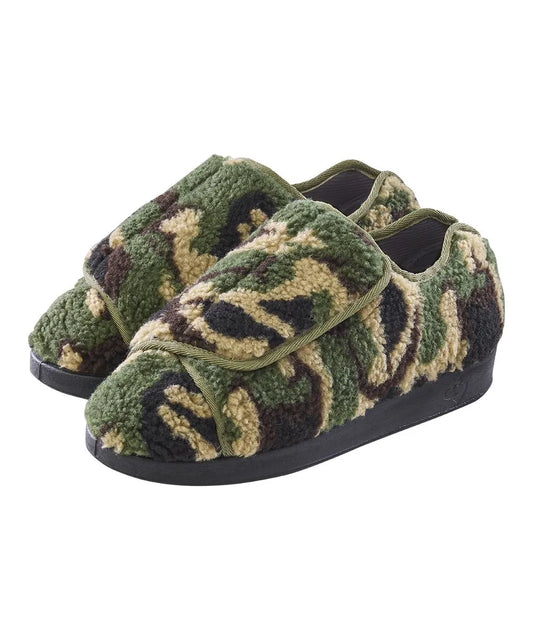Written by Ridhima
Introduction
Adaptive clothing fills a critical gap for individuals with disabilities, whether stemming from disease, injury, or aging-related physical limitations. Conventional clothing often overlooks the challenges faced by those who struggle with dressing independently, prioritizing aesthetics over functionality. For individuals having trouble bending, reaching, or flexing their limbs, the simple act of getting dressed can become an arduous and stressful task. Moreover, for those with limited limb mobility or who are confined to a wheelchair, dressing oneself can be virtually impossible without assistance from caregivers. Recognizing this need, certain clothing brands like JUNE ADAPTIVE have pioneered lines specifically tailored to be worn while seated or lying down, offering a newfound sense of independence to users who can now dress themselves with greater ease and autonomy.
Empowering Independence: The Transformative Impact of Adaptive Clothing for Individuals with Disabilities
Adaptive clothing is a transformative solution for individuals with disabilities, offering emotional and physical benefits. Thoughtful design fosters dignity and autonomy, enabling independent dressing and reducing reliance on external assistance. This tailored approach elevates self-esteem by accommodating diverse body shapes and mobility needs, alleviating stress, and anxiety. Functionally, adaptive garments prioritize comfort and mobility, embracing inclusive design principles for social integration. Serving as a platform for personal expression, adaptive clothing reduces health risks and promotes resilience. Ultimately, it creates a supportive environment where individuals can thrive and participate fully in all aspects of life.
| Women's Notched Top with Back Overlap | Women's Knit Twofer Open Back Dress | Unisex Recovery Top with Snap Closures |
 |
 |
 |
Adaptive Apparel: Innovative Designs Empowering Independence and Style
In the realm of adaptive clothing, a plethora of innovative designs caters to the diverse needs of individuals with disabilities across various garment categories. For men, attire includes dress shirts with magnetic closures, open-back polo shirts, and pants featuring VELCRO® brand fasteners for ease of dressing. Women's adaptive clothing offers similar options with open-back tops and dresses, bras with front closures, and pants utilizing VELCRO® fasteners. Both men and women benefit from features like snap-back dome closures on cardigans, Quick Strip closures on underwear, and non-slip soles on socks and footwear. These adaptations underscore a commitment to inclusivity and convenience, empowering individuals with disabilities to dress independently while preserving their personal style and expression.
Tailoring Comfort: Tips for Stylish and Functional Adaptive Clothing
When styling adaptive clothing, it's essential to prioritize comfort above all else. Opt for fabrics and fits that cater to any mobility aids or sensitivities, ensuring comfortable and practical wear. Accessories such as scarves, belts, or jewelry can enhance the overall look, adding a touch of personality and style to adaptive outfits. Layering is key for versatility, providing flexibility in adapting to different temperatures while maintaining comfort and style. Mix and match adaptive pieces with conventional clothing items to create diverse and functional outfits for various occasions. Consider getting adaptive clothing tailored to ensure the perfect fit and style that suits your body shape and individual needs. Experiment with color coordination to create visually appealing ensembles that reflect your personal style, and don't hesitate to incorporate patterns and textures for added depth and interest.
In terms of mobility impairments, we are considering integrating hidden zippers or Velcro seams into pants and skirts to facilitate dressing without the need to stand. Additionally, tailor trousers and skirts to accommodate wheelchair users by ensuring they're the right length to prevent snagging on wheels. For those with limited hand dexterity, swapping traditional buttons with snap buttons on shirts and blouses can make fastening much simpler.
To address sensory sensitivities, prioritize soft, breathable fabrics like cotton or bamboo to enhance comfort against sensitive skin. Opting for seamless designs to minimize irritation and discomfort and remove tags or replace them with tag less labels to prevent itching and irritation.
For individuals with visual impairments, incorporating contrasting colors for buttons, zippers, and seams to aid in locating them easily. Considering adding Braille labels to clothing items for seamless identification and utilize textures like raised dots or lines on clothing tags for tactile differentiation.
When accommodating cognitive disabilities, opt for simplified designs with magnetic buttons or zippers. Organizing clothing items by color can help individuals with cognitive disabilities identify and coordinate outfits more easily. Utilizing picture labels or visual cues on clothing drawers or hangers can also facilitate independent dressing.
For wheelchair users, adapt pants with elastic waistbands or adjustable closures for comfort while seated. Design shirts with back openings to simplify dressing for those remaining seated in wheelchairs and create cropped jackets or cardigans to avoid excess fabric bunching up when seated.
For amputees or prosthetic users, customize pant legs with wider openings or adjustable closures to ensure a comfortable fit for prosthetic limbs. Modify shoes with wider openings or adjustable straps to accommodate prosthetic feet or orthotic devices, and craft seamless socks to reduce friction and irritation for those wearing prosthetic limbs.
Conclusion
By implementing these fashion tips, adaptive clothing can be personalized to meet the specific needs and preferences of individuals with disabilities, fostering comfort, independence, and confidence in their daily lives. Shop June Adaptive and find similar blogs below:
Embracing Neurodiversity in Kids with Inclusive Fashion
Empowering Mental Well-being: Unveiling the Transformative Power of June Adaptive Brand Clothing
Cultivating Resilience: Overcoming Challenges with Positivity

